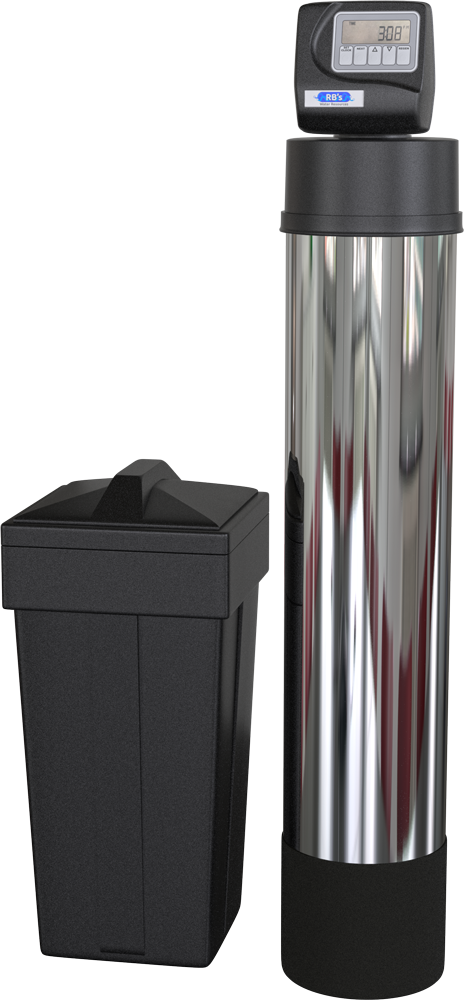How does a water softener work?
Water is classified as “hard” when it contains significant amounts of minerals such as calcium, magnesium, and other trace elements. In contrast, “soft” water is characterized by its lower concentrations of these minerals, which contributes to its different physical and chemical properties. A common question arises: how exactly do water softeners function to alter the hardness of water?
How is it that water gets hard?
Hard water typically originates from groundwater sources, which pick up minerals by dissolving them from the surrounding soil and rock as it flows through. To quantify this hardness, the industry measures it in grains per gallon (GPG) or milligrams per liter (mg/L). Interestingly, one grain is equivalent to 64.8 milligrams of calcium carbonate, providing a standard for measurement.
This is how it gets soft
If your water supply tests at 1 GPG (17.1 mg/L) or lower, it is classified as soft water. A water softener’s operation hinges on an ion exchange process. This method involves swapping out the calcium and magnesium ions present in hard water for sodium or potassium ions. By doing so, the overall mineral content is reduced, resulting in water that is softer and more compatible with various household tasks, such as washing and cooking.

